In 1970 Nobel laureate Anthony Leggett made the apparently nonsensical suggestion that the properties of superfluid helium ‘may be shared by some solids’. Contradictory though it sounds the notion that a crystalline solid might flow like a superfluid – that is, having zero viscosity – without any compromise in rigidity has stuck, and the hunt has been on for such ‘supersolids’ ever since. Now Junsen Xiang at the Chinese Academy of Sciences in Beijing and researchers from China, France and Australia provide evidence for this elusive phase of matter. These supersolids may well be more than just a scientific curiosity and could be used to cool experiments and devices to close to absolute zero.
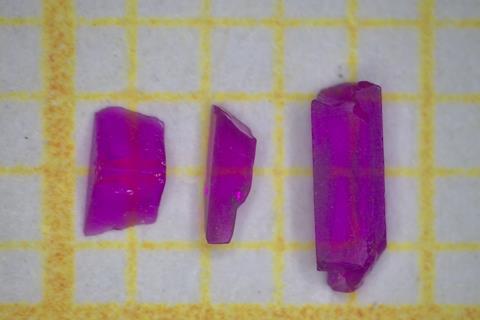
The rules of quantum statistics prohibit more than one particle of a material per quantum state – that is, just one atom can occupy each crystal lattice point and share other quantum characteristics such as spin and energy. However, at very low temperatures a large fraction of quantum particles in a material, known as ‘bosons’, can collectively occupy the lowest possible quantum state. This is a Bose–Einstein condensate and it gives rise to the superfluid properties of a supersolid. The solid properties observed in this curious phase stem from the standard crystalline lattice arrangement of the atoms, which play the role of the bosons in the model. In this latest work the researchers specifically demonstrate a spin supersolid, which is theoretically equivalent to a spinless supersolid but the electron spins play an integral role in achieving the supersolid phase.
Born of frustration
Xiang and collaborators studied Na2BaCo(PO4)2 (NBCP), which was first synthesised in 2019. Its atoms are arranged in a triangular lattice. In the presence of an applied magnetic field the spins all aim to align in the same direction as the magnetic field. When the magnetic field is removed each spin aims to orient in the opposite direction to its neighbours. However, these efforts are frustrated because there are three atoms in each cell of the triangular lattice, and only two possible spin orientations. The highly frustrated triangular lattice led Wei Li at the Institute of Theoretical Physics, Chinese Academy of Sciences and his colleagues to calculate that NBCP could exist as a supersolid, prompting experiments to confirm it.

‘Without frustration the system can simply form some order, some solid order,’ Li tells Chemistry World. ‘You need to introduce this frustration and have the system find [that] the solid state is not the energetically lowest state but [that there are] competing states.’ The supersolid is thus a quantum superposition of superfluid and crystalline solid states.
While the particles themselves remain fixed, which may not sound terribly fluid, the superfluid properties are manifest in the spin of the system. ‘To my understanding, such a concept of spin superfluidity [has been] widely accepted by the scientific community [for] many years,’ says Giovanni Modugno, an expert in supersolids and ultracold quantum phases at the University of Florence, Italy, who was not involved in this work.
Cool effects
The material could also find use cooling quantum devices and space technology . When the applied magnetic field is removed and the spins attempt to orient themselves antiparallel to one another, energy is consumed cooling the material, a phenomenon known as the magnetocaloric effect. Thanks to the strong frustration effect, these low temperatures persist. It was by probing this magnetocaloric effect to detect the quantum spin states alongside neutron scattering experiments that the researchers were able to provide evidence for the spin supersolid phase they had created.
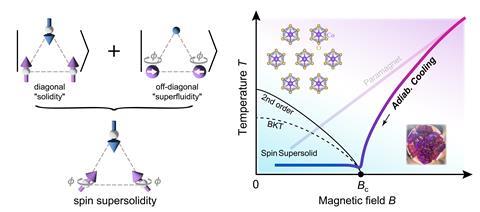
The cooling effect actually helped the researchers to reach the ultralow temperatures needed – 1K for the spin supersolid phase transition and 100mK for the neutron experiments. The equipment they used actually only got the material to 2K but the lower temperatures required for the phase transition was provided by the cooling magnetocaloric effect of the phase transition itself – ‘a bootstrap’, says Li.
Modugno is enthusiastic about ‘practical applications like the enhanced cooling capabilities’. ‘It is exciting that the once hypothetical supersolid is becoming a real fundamental phase of matter showing up in more and more physical systems.’
References
J Xiang et al, Nature, 2024, 625, 270 (DOI: 10.1038/s41586-023-06885-w)


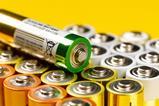

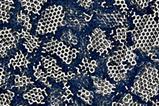
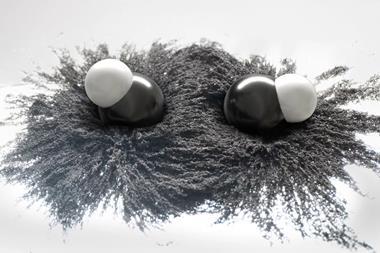











No comments yet